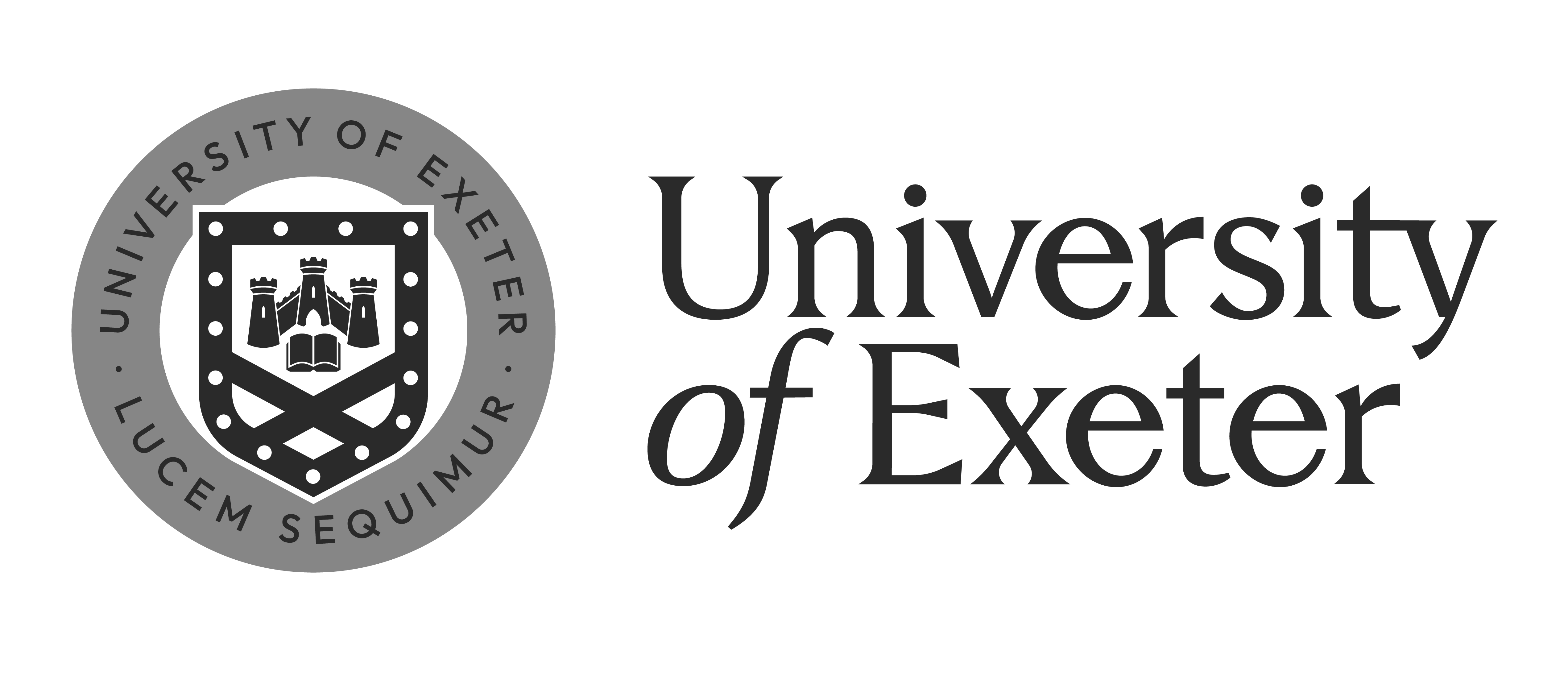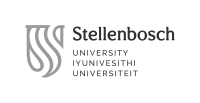S1804 Art and Architecture in Renaissance Venice
Professors
Schedule
Course Description
The course introduces students to the world of Art and Architecture through the approach and methods of a historian. It provides skills and “tricks” needed to interpret Renaissance works of art and architecture, as well as appreciate them aesthetically.
The course guides the students in the acquaintance of major protagonists of Venice Renaissance Art and Architecture. It examines the evolution and development of Venetian Art and Architecture from the late XV century to the beginning of the XVII century, focusing on a selection of great masters and their masterpieces. Venice, with its outstanding monuments and its connections with all the great cultural centres in Europe and down along the whole Mediterranean sea, will give us a special opportunity to examine artworks and monuments in their original settings.
A great emphasis will be given to the rediscovery, use and interpretation of classical models of Roman and Greek tradition in all the fields of Renaissance culture.
Learning Objectives
The objectives are: to learn methods to analyse Renaissance works of art in their form, meaning and visual symbolism; to relate artworks to their historical background; to understand the master’s artistic views and intentions.
To be able to recognize the major social and historical forces which conditioned Renaissance Art in Italy and in Venice through the analysis of Italian intellectual, social, economic and political history.
To build a “language of observation”: a proper visual vocabulary to adequately describe artworks.
To improve the critical approach to reading, talking and writing on Art and Art history.
To become more familiar with the principal resources and tools for scholarly research in Art History (books, articles, web-sources etc.).
Teaching methods
The lectures are supported by slide show presentations combined with seminars (for which students are assigned weekly reading tasks), site visits and research challenges.
Students will be encouraged to take part in discussions in Renaissance styles, workshops and techniques. Strong emphasis is set on the actual material culture of the city of Venice and its connections with the subject.
Course program
- Opening lesson: Venice and the Myth of the Origins
- Introduction lessons: the study of Antiquity in Art, Architecture and Literature as the beginning of the Renaissance
- A family of sculptors and architects: the works of Lombardo
- Outside lesson: Art, Architecture and collectors: Palazzo Grimani and the Grimani collection
- Early masters of Venetian Renaissance Architecture: Antonio Rizzo and Mauro Codussi
- Outside lesson: Santi Giovanni e Paolo and the Scuola Grande di San Marco
- The renewal of St. Mark's square: the Old Procuratie and the Clock Tower
- Outside lesson: The Doge palace (and Ruskin exhibition)
- The Bellinis (1430-1516 Giovanni) and the reinvention of the Byzantine icons
- The “Scuole Grandi” and the “teleri” (large paintings) masters: Vittore Carpaccio (1465-1525)
- Outside lesson: Frari, Scuola grande San Rocco, Scuola Grande San Giovanni Evangelista
- From the Netherlands to Venice: merchants, artists and collectors
- Iconology methods and Renaissance Painting, Warburg, Panofsky and Sebastiano del Piombo
- Aldo Manuzio and Daniel Bomberg, Venice as the leader in the art of typography. The engravings as a way for spreading art and architecture.
- The Venetian School: Giorgione (1497-1510)
- From Rome to Venice: Jacopo Sansovino, architect and sculptor
- Outside lesson: St Mark Library / Correr Museum: the buildings and the collections preserved inside
- Titian (Tiziano Vecellio) (1489–1576)
- Palladio and the new idea for Renaissance churches
- Outside Lesson: the churches of Redentore and San Giorgio
- Music, Art and Architecture in Renaissance Venice
- The art of Veronese (1528-1588), Tintoretto (1518-1594) and Jacopo Bassano (1510-1592)
- Outside Lesson: Gallerie dell'Accademia
- Vincenzo Scamozzi and the completion of St Mark's square
All-day co-curricular activity:
Visit to Vicenza, the town of Palladio.
Syllabus
Week 1
Tuesday 27 February 2018
Opening lesson: Venice and the Myth of the Origins
Thursday 1 March 2018
The study of Antiquity in Art, Architecture and Literature as the beginning of the Renaissance
Week 2
Tuesday 6 March 2018
A family of sculptors and architects: the works of Lombardo
Thursday 8 March 2018
Outside lesson: Art, Architecture and collectors: Palazzo Grimani and the Grimani collection
Week 3
Tuesday 13 March 2018
Early masters of Venetian Renaissance Architecture: Antonio Rizzo and Mauro Codussi
Thursday 15 March 2018
Outside lesson: Santi Giovanni e Paolo and the Scuola Grande di San Marco
Week 4
Tuesday 20 March 2018
The renewal of St. Mark's square: the Old Procuratie and the Clock Tower
Thursday 22 March 2018
Outside lesson: The Doge palace (and Ruskin exhibition)
Week 5
Tuesday 27 March 2018
The Bellinis (1430-1516 Giovanni) and the reinvention of the Byzantine icons
Thursday 29 March 2018
The “Scuole Grandi” and the “teleri” (large paintings) masters: Vittore Carpaccio (1465-1525)
Midterm break
Week 6
Tuesday 10 April 2018
Outside lesson: Frari, Scuola grande San Rocco, Scuola Grande San Giovanni Evangelista
Thursday 12 April 2018
From the Netherlands to Venice: merchants, artists and collectors
Week 7
Tuesday 17 April 2018
Iconology methods and Renaissance Painting, Warburg, Panofsky and Sebastiano del Piombo
Thursday 19 April 2018
Aldo Manuzio and Daniel Bomberg, Venice as the leader in the art of typography
Week 8
Tuesday 24 April 2018
The Venetian School: Giorgione (1497-1510)
Thursday 26 April 2018
From Rome to Venice: Jacopo Sansovino, architect and sculptor
Week 9
Thursday 3 May 2018
Titian (Tiziano Vecellio) (1489–1576)
Outside lesson: St Mark Library / Correr Museum (rescheduled lesson of May 1)
Week 10
Tuesday 8 May 2018
Palladio and the new idea for Renaissance churches
Thursday 10 May 2018
Outside Lesson: the churches of Redentore and San Giorgio
Week 11
Tuesday 15 May 2018
Music, Art and Architecture in Renaissance Venice
Thursday 17 May 2018
The art of Veronese (1528-1588), Tintoretto (1518-1594) and Jacopo Bassano (1510-1592)
Week 12
Tuesday 22 May 2018
Outside Lesson: Gallerie dell'Accademia
Thursday 24 May 2018
Vincenzo Scamozzi and the completion of St Mark's square
Exam week
Tuesday 29 May 2018 FINAL EXAM
Please note that in order to reach the destination of our visit sites, lessons may be extended and partially span over the lunch break.
Evaluation:
40% attendance and participation to lessons and visits, participation in class discussions
60% individual oral discussion, oral presentations in class or during a visits, research paper
Readings:
- Concina, Ennio: A history of Venetian architecture, translated by Judith Landry, Cambridge ; New York : Cambridge University Press, 1998.
- Frederick, Hartt, A history of Italian Renaissance art: painting, sculpture and architecture, New Jersey: Prentice Hall; New York: Abrams, 2003
- Goy, Richard J.: Building Renaissance Venice: Patrons, Architects and Builders, C. 1430-1500, New Haven and London, 2006.
- Howard, Deborah. - Howard, Deborah: The architectural history of Venice, New Haven : Yale University Press, c2002.
- Humfrey, Peter: Painting in Renaissance Venice, New Haven : Yale University Press, c1995
- Huse, Norbert - Wolters, Wolfgang: The art of Renaissance Venice : architecture, sculpture, and painting, 1460-1590, translated by Edmund Jephcott, Chicago London : The University of Chicago press, c1990
- Ilchman, Frederick: Titian, Tintoretto, Veronese : rivals in Renaissance Venice, with contributions by Linda Borean ... [et al.].Boston : MFA Publications ; New York, N.Y. : D.A.P./Distributed Art Publishers, 2009.
- McAndrew, John:Venetian architecture of the early Renaissance,Cambridge, Mass. : MIT Press, c1980
- Renaissance Venice and the North : crosscurrents in the time of Dürer, Bellini and Titian / edited by Bernard Aikema, Beverly Louise Brown, London : Thames & Hudson, 1999 (Cinisello Balsamo : A.Pizzi)
- Tafuri, Manfredo: Venice and the Renaissance, translated by Jessica Levine, Cambridge, Mass. : MIT Press, c1989
A list of reading assignments and suggestions will be given for each lesson week by week.


















